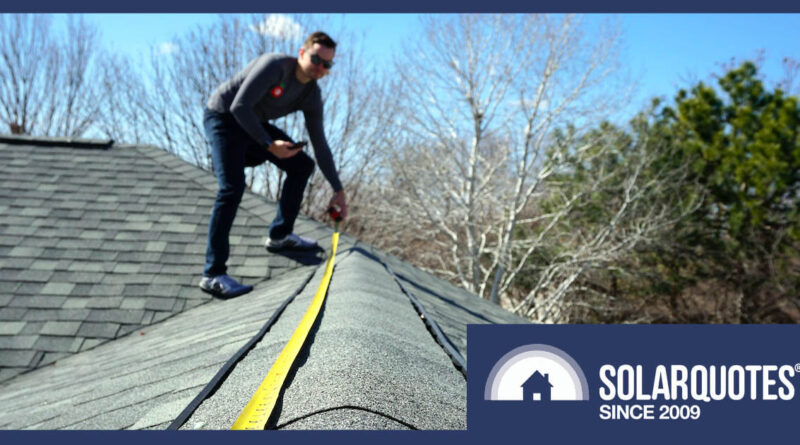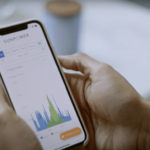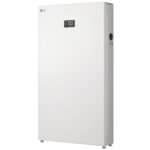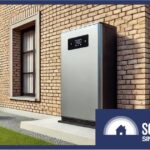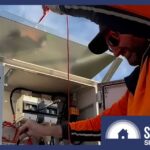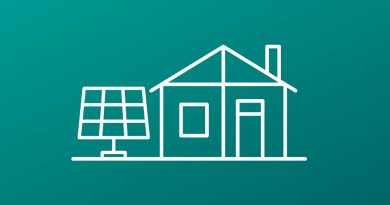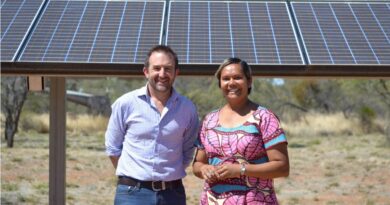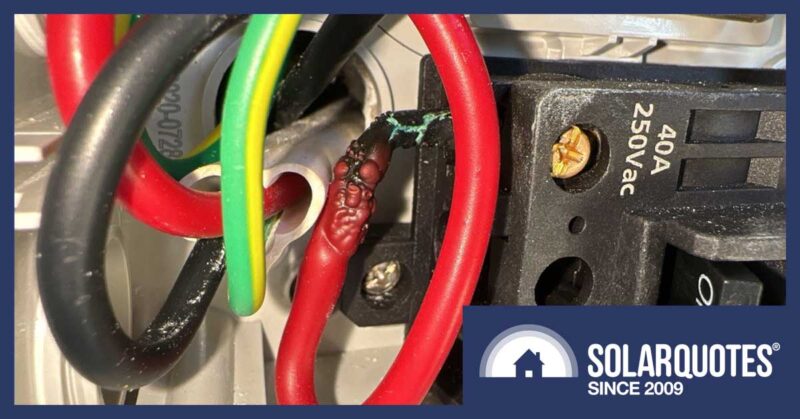10 Reasons To Get A Solar Or Battery Site Inspection (And One Reason Not To)
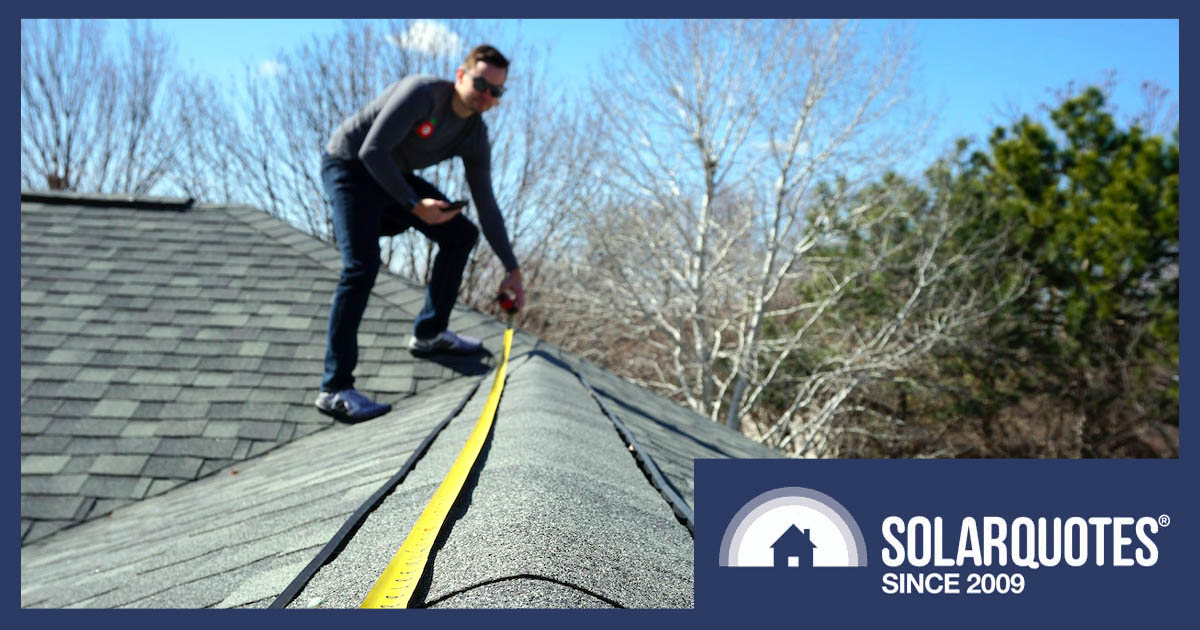
Part of buying a rooftop solar power and/or battery system is getting the site inspected by the installer, preferably before signing on the dotted line. This can be done physically on-site, or remotely, thanks to the wonders of modern technology.
Personally, I would opt for the on-site inspection, or a combination of both if possible. Maybe you have an aversion to perceived high-pressure salespeople, are too busy, or the installer simply won’t visit. Either way, here are 10 good reasons to get a pre-purchase on-site inspection for solar, and one reason not to.
#1 Assess The Installer’s Character And Professionalism
They say first impressions count. By meeting the installer in person prior to the job you can get an idea if your job is high up on their list of priorities. How they conduct themselves will most likely mirror their work ethic.
You can also ask questions that are difficult to answer by email. Discussing current energy consumption is a must, but also future plans such as adding a solar battery, EV charger, or if you’re nice to them, identifying ways to reduce your overall consumption without altering your lifestyle.
If a solar installer won’t even come out to your place to get a potential job, then what are the chances of a warranty issue being taken seriously? These companies are most likely working on such tight margins that they can’t afford to see you other than to get in and out as quickly as possible. Is that a good fit for you?
#2 Check The Structural Integrity Of The Roof
It’s obviously important to make sure that your roof can handle the load-bearing capabilities a solar panel array requires. This is something that can’t be done remotely by viewing a property on Google Earth! Solar panels are heavy and lots of them are even heavier. Add a storm into the mix and you could have a problem.
This is also an opportunity to check for broken tiles, damaged ridge capping, and other potential leaks. If your house is on the older side consider having a roof inspection done by a professional builder as well. You’ll save a bucket of money by getting the roof repairs done before, rather than after the solar panels go on.
#3 Measure The Roof Area
Nothing beats actually running a tape measure over the roof to double-check that the solar panels are all going to fit on. It sure would be good to get what was promised on the phone! As my high school woodwork teacher used to say – “Measure twice, cut once. Not the other way around.” Hi-res aerial imagery is great, but if it’s a close call, send someone up with a tape measure before install day.
#4 Get An Accurate Shading Assessment
The installer is obliged by law to give you an accurate assessment of the likely solar production and energy output of the system in its installed location. This figure should be in your final quote before you sign the contract and should include the reduction in performance caused by any shade other than the sun going down.
There are various ways of doing this. Here are some listed in order from best to worst:
- On-site, standing on the roof using a shade assessment tool such as a SunEye or Solar Pathfinder (best).
- Remotely, using software such as Pylon Observer shading analysis tool (the jury is out).
- On-site, eyeballing it from the roof (not good enough).
- On-site, eyeballing it from the ground (you’re joking).
- Remotely, from Google Earth (just no).
Bear in mind that climbing on roofs is dangerous. During a pre-purchase site inspection, the solar installer/ salesperson may not have adequate safety gear to climb up on your roof, especially if it’s a steep pitch or multi-storey. If it’s deemed unsafe, then initially, a combination of 2. and 4. above would have to suffice, followed up with no 1. on install day.
#5 Determine The Cabling Routing And Distances
It’s always best to have an installer do the site inspection rather than a salesperson who may not have trade experience or technical knowledge. The two main relevant factors here are building construction and cable run length.
Regarding building construction – the installer can determine the ceiling space access, and use of wall cavities for cabling. They can also tell you if there’s likely to be any exposed conduit, which will affect the overall look of the job.
Cable run length is critical to the efficiency, and, ultimately, the solar power system’s energy output. Volt drop/rise is the enemy, so the key is to keep cable run lengths to a minimum as far as practical. Google Earth can’t do any of that!
#6 Scope Out The Best Inverter And Battery Location
These are the 3 golden rules for solar inverter location:
- It should be located out of direct sunlight.
- It should be located out of direct sunlight.
- It should be located out of direct sunlight.
Other factors may dictate the chosen inverter location such as the IP rating of the inverter (water and dust protection) and the above cable run length. This is relevant for AC cables running to the switchboard and DC cables from the solar panels. Inverter noise is sometimes an issue. Also, it’s a good idea to make sure there’s enough room close by for a future battery. Only an installer will have these answers because they know the rules law.
If you are getting a home battery, then there are very stringent rules on where it can go, making a site inspection essential.
#7 Assess Switchboard Condition And Suitability
It’s best to know if your switchboard needs upgrading BEFORE the job goes ahead rather than after for 3 reasons.
- If your switchboard needs upgrading it will certainly add to the pricing and this will affect your ROI (return on investment) calculations.
- The installer can determine whether you have room for additional circuit breakers and if you’re on a single or 3 phase supply, which may possibly give you more system design options.
- If you are getting a battery, you can agree on which circuits will be backed up in a blackout and which ones you can live without.
- It would be a pity to have a nice new rooftop solar or battery system installed that can’t be turned on because your switchboard isn’t ready.
Having said all that, a clear photo of the switchboard and meter emailed to the installer before the final quote would suffice nine out of ten times.
#8 Explore Other Design Options
Having all the above information at your fingertips before install day can give you and your solar installer a new perspective and possibly open up some design options that weren’t previously considered. Perhaps you’re lucky enough to be able to fit more panels, or shading is a bigger issue than you thought. Maybe your 3 phase supply gives you more options for a battery or solar upgrade down the track.
Don’t be too precious with preconceived ideas about how you think your rooftop solar system should be. As you gather the information, you learn, and it can result in a better outcome.
#9 Get A Firm Quote
All the above leads to the installer being more likely to be able to give a firm quote for the job. There hopefully won’t be too many exclusion clauses on the paperwork such as:
“Supply and install bah blah system for $xxx *subject to suitability of the site, subject to blah blah blah.”
#10 Minimise Surprises On Install Day
We all want a happy life. You’ll sleep better at night with the questions already answered by having an on-site inspection before the big day. What if the roof is in subpar condition? What if they can’t fit the solar panels up there? What if they can’t do what they promised on the phone?
Do you want a situation to play out on install day when you have an important meeting and have to pick up the kids early from school?
One Reason Not To Have An On-Site Inspection
If you have a fairly modern house with a large unobstructed north-facing roof with no shade, and you have a few options for solar inverter location that you can live with, you don’t mind any last-minute changes, and you have faith that your chosen installer can deliver the goods without eyeballing your place, then I say go for it!
For everyone else…
Play safe. Try to get a site-inspection before you sign up. It doesn’t matter how good your solar installer is – he/she doesn’t own a crystal ball and cannot know the full story before being on site. No two houses are the same and no two households use energy the same way. It might be OK for him/her to change the plan last minute because he’s/she’s done it before and is prepared, but are you?
Original Source: https://www.solarquotes.com.au/blog/pre-purchase-solar-inspection/

